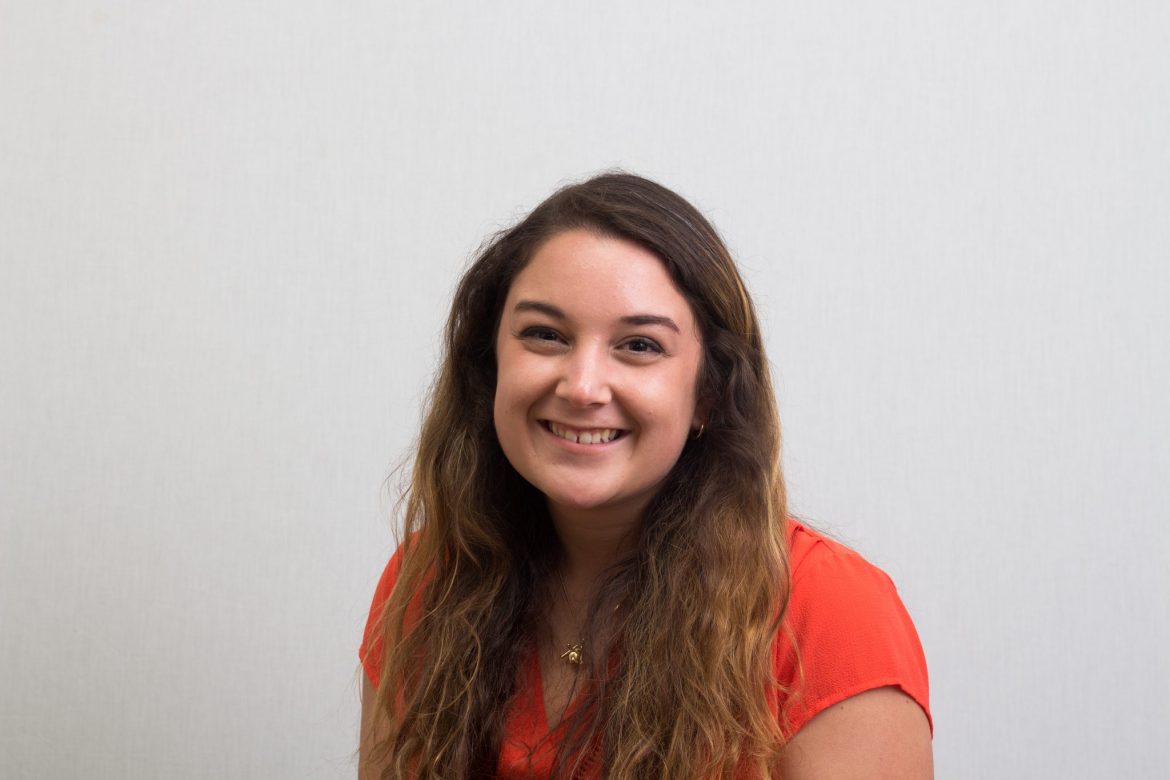Last week I sat on a metal folding chair around a bonfire with church members in Kayenta, Arizona. It was a cold desert night, but I don’t remember the temperature bothering me much. Instead, my attention was fixed on Ms. Marci as she told me about her son — his love for singing, vacation Bible school and church. She told me he would have enjoyed the singing at his gravesite done by our spring break mission team a few days prior.
With sadness in her voice and tears in my eyes, we sat together for just a few moments and, though she was unaware of it, shared a moment of grief. She was in disbelief, never suspecting her son would die by suicide. She could not return to her home. The memories were too pertinent and too painful to bear.
Unfortunately, this is a common reality for Native American communities, where everyone seems to know of someone who has died by suicide.
When I signed up to visit the Navajo reservation in Kayenta, I was ignorant of the Navajo people, their culture and struggles. In preperation for the trip, I found their culture is seldom spoken of.
There was a brief surge in news coverage of Native Americans after a 2015 study conducted by the Centers for Disease Control and Prevention (CDC). Native Americans make up less than one percent of the U.S. population, yet, according to the study, they have the highest suicide rate compared to other nationalities in the U.S., nearly doubling the national average.
According to the National Alliance on Mental Health, isolation, poverty, alcohol abuse and recent tragedy or loss are among the top factors that lead someone to die by suicide. These factors are prominent in the Native American communities the U.S. was trying to preserve with designated land, education and housing.
During the week, we spent most of our time on the church grounds. It was there that we met a man who was a new Christian, still transitioning from traditional Navajo beliefs and passionate about learning scripture. Every day we would find him sitting on the couch, drinking watered-down coffee from the church’s orange mug.
He lived alone. He had no running water, no driver’s license and, as we know it, no family members with whom he was connected. Each day, he would use the church’s shower and coffee maker. He would preach something new to us that he had learned, even if misinterpreted from the Bible. The church members were a family, and they took care of him.
But many Native Americans are not active in church. And, though I was only there for one week, the isolation and lack of investment outside of the church was palpable to me.
Kayenta, specifically, is a small desert town with more tumbleweeds than opportunities. In town, there are the necessities like Taco Bell, McDonald’s and Sonic. There’s a Kroger-style grocery store and an Ace Hardware. There’s a school, a post office (that does not distribute mail to homes) and some neighborhoods. The nearest Walmart is more than two hours away.
The land was littered with broken liquor bottles. Alcohol abuse is rampant among Native Americans. They are also reported to have a greater risk of alcohol dependence and a higher rate of weekly drinking, according to the National Institute of Alcoholism and Alcohol Abuse.
Nearly 40 percent of people living in Navajo Nation live below the poverty line, more than double the rate of the state of Arizona. Though several hundred people work for the coal industry, the mine in Kayenta is expected to shut down within the next two years as the world turns to cleaner energy sources, according to NBC.
During my short week spent in the Navajo Nation, I caught only a glimpse of the Native American life. The people are suffering and their problems are underreported, but the people we worked with were loyal, loving and kind.
Our last night on the reservation, Ms. Marci sat beside me, wrapped in a blanket. She said she was thankful for our presence, that grief can be lonely and she wished we could stay longer. I nodded in understanding, wished we could stay as well and said a silent prayer for the family.
Today, thousands of Native Americans live in poverty, many are struggling with substance abuse, and Ms. Marci still does not have her son.
